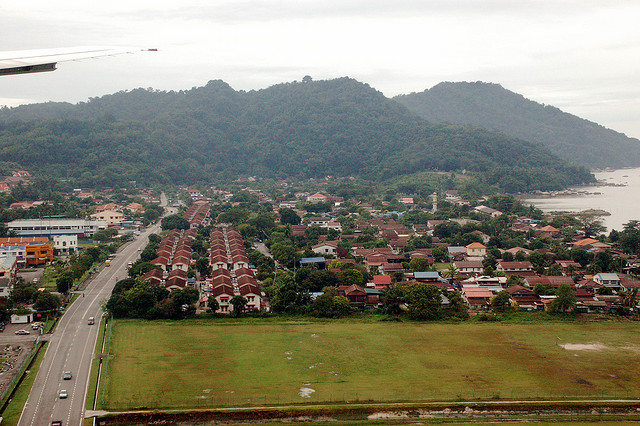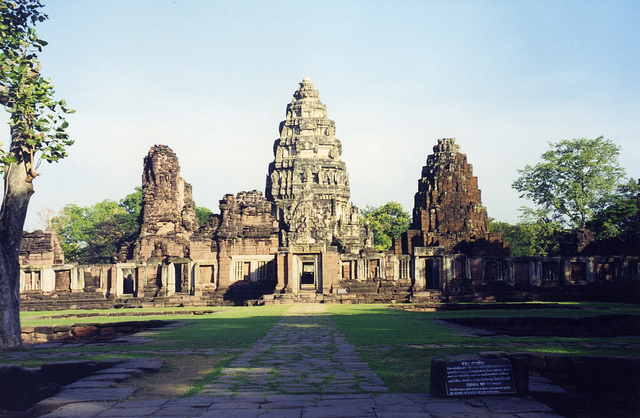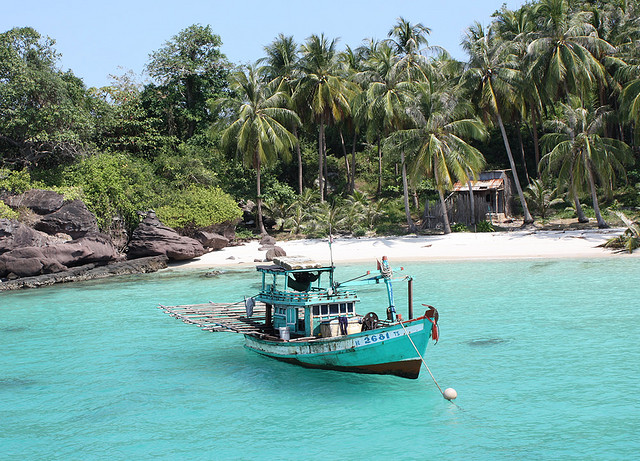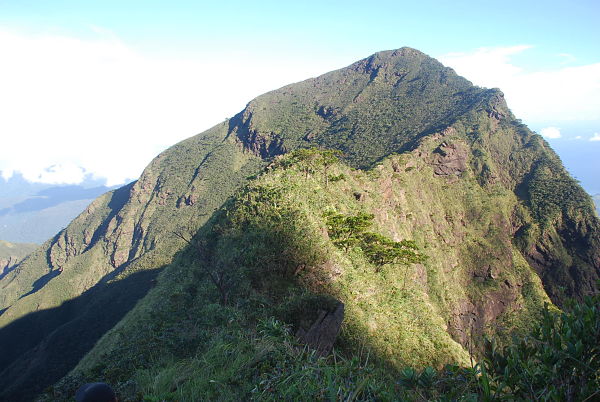If there is one thing on earth that could tell the planet’s story well, it’s rocks. Some of them tell tales of global shifts of ice; of ancient collisions with free-floating post-Big Bang matter; of rich deposits of precious metals, stones and liquids (which is the most commercially interesting of all). This collection of pictures – knowing that pictures speak a thousand words – tells Earth’s story in volumes. But to uninitiated civilians, these “rock stars” are just magnificent, plain and simple.
The Fairy Chimneys, Turkey. Cappadocia may not easily come to mind when Turkey is mentioned, but passionate lovers of natural rock art would find this UNESCO World Heritage Site deserving of inclusion to this venerable list. Sculpted from porous calcium carbonate rock by wind and flood water, the Goreme (a town in Cappadocia) Fairy Chimneys are spires that have uncanny resemblance with domed towers or, if you want to get frivolous, upright male anatomy. The rocks have been sanctuaries for humans – entire villages can be found carved in the rocks – since the 4th century.
The Dolomites, Italy. Another of UNESCO’s World Heritage Sites, the Dolomites in Italy is part of the Italian Alps, a mountain range comprised of 18 peaks and numerous vertical walls, sheer cliffs and slices of deep valleys. The Dolomites is a favorite ski destination and a heavyweight in the field of geologic research because of the diversity of striations and formations that could be found here.
Ayers Rock, Australia. Otherwise known as “Uluru” by Australian aborigines, this ancient monolith is the world’s largest freestanding rock island, and at 3 billion years old (geologists do speculate), easily the “rock of ages.” Known to be changing colors at various times of day, Uluru is fiery red at sunrise and sunset. This massive sandstone rock sits right in the middle of the Australian outback in southern Northern Territory, and considered a sacred site for the Anangu, the traditional keepers of Uluru.
The Yellow Rocky Coast of Gozo, Malta. Malta is not exactly on the wish list of every spring breaker, but its capital city, Valletta, is on UNESCO’s World Heritage List. For geology enthusiasts, there is Gozo, a rural island 30 minutes away to the north by ferry. Its rocky coasts feature some of the world’s interesting rock formations that are both pleasing to the eyes and useful to science.
White Desert, Egypt. Chalk rock formations dominate this depression in Farafra, Egypt. Locally called “Sahara el Beyda” (sahara means desert), this desert is otherwise college-kid-friendly with frequent visitors from schools camping out the night. This desert is uniquely delicious because of its creamy – and in certain stretches, immaculate white – appearance that could easily blind a delirious wanderer.
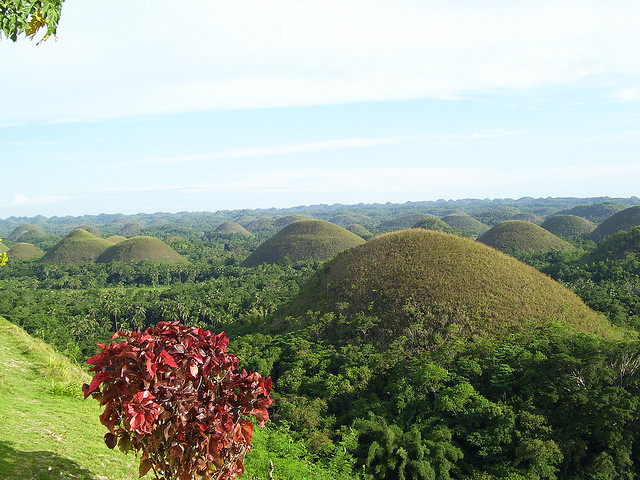
Chocolate Hills, Philippines. Leave it to Filipinos to whip up chocolates out of hills. Named for the color the hills take when grass dries up in summer (during the rainy season, the hills can easily be mistaken for green gelatin), the Chocolate Hills of Bohol in Central Philippines is not exactly world-shattering, but it’s not pedestrian either. The fact that mound after mound after mound of them stretch as far as your eyes can see is enough to make it to a world record or something. Each mound – 1,776 as of last count – looks like a perfectly scooped confection, which is nothing short of ordinary.
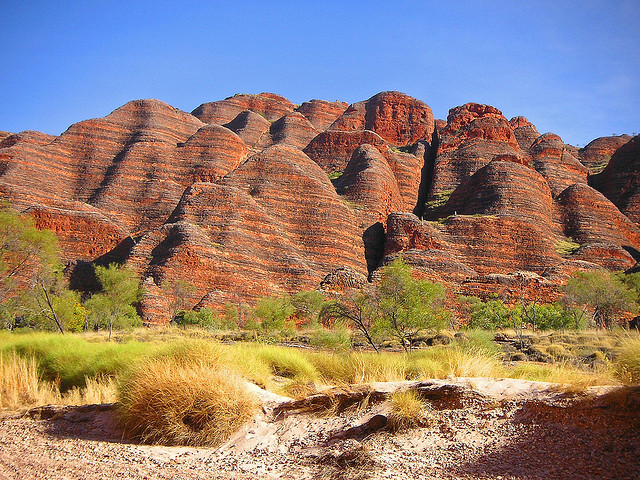
Bungle Bungle Range, Australia. The Philippines has Chocolates (Hills) while Australia has its own “beehive.” More than just interesting lumps of eroded sandstone and conglomerates with distinctive striations, the Bungle Bungle Range is suspected to be an ancient meteorite impact crater which makes it, literally, out of this world.


